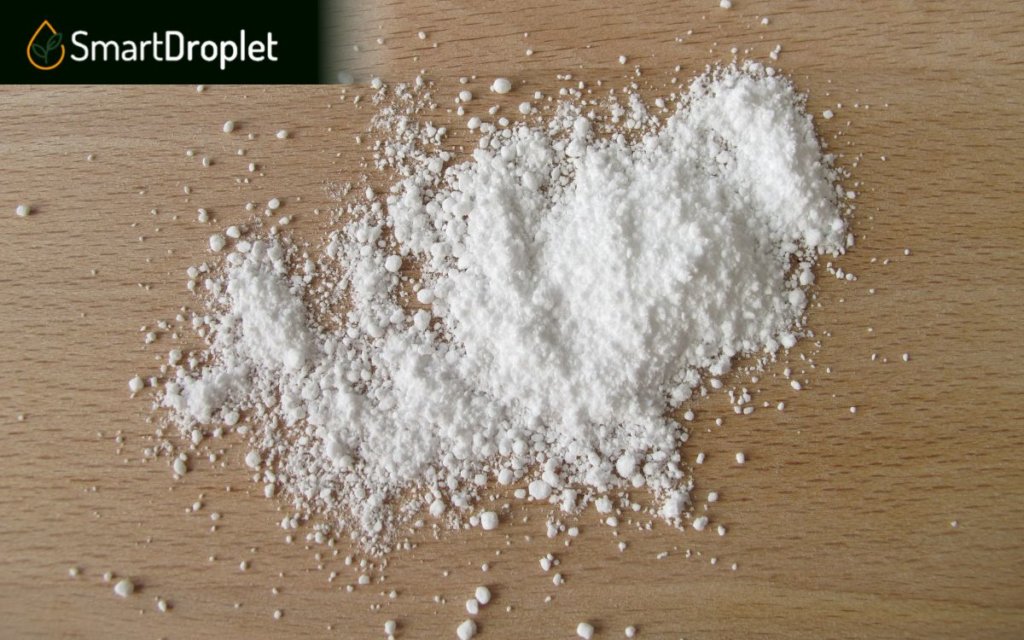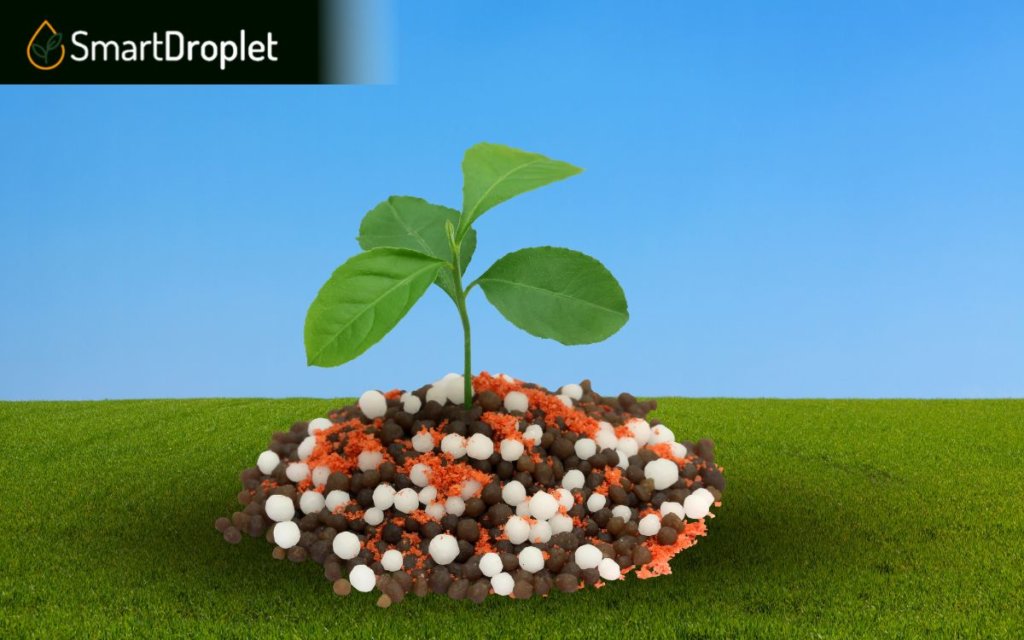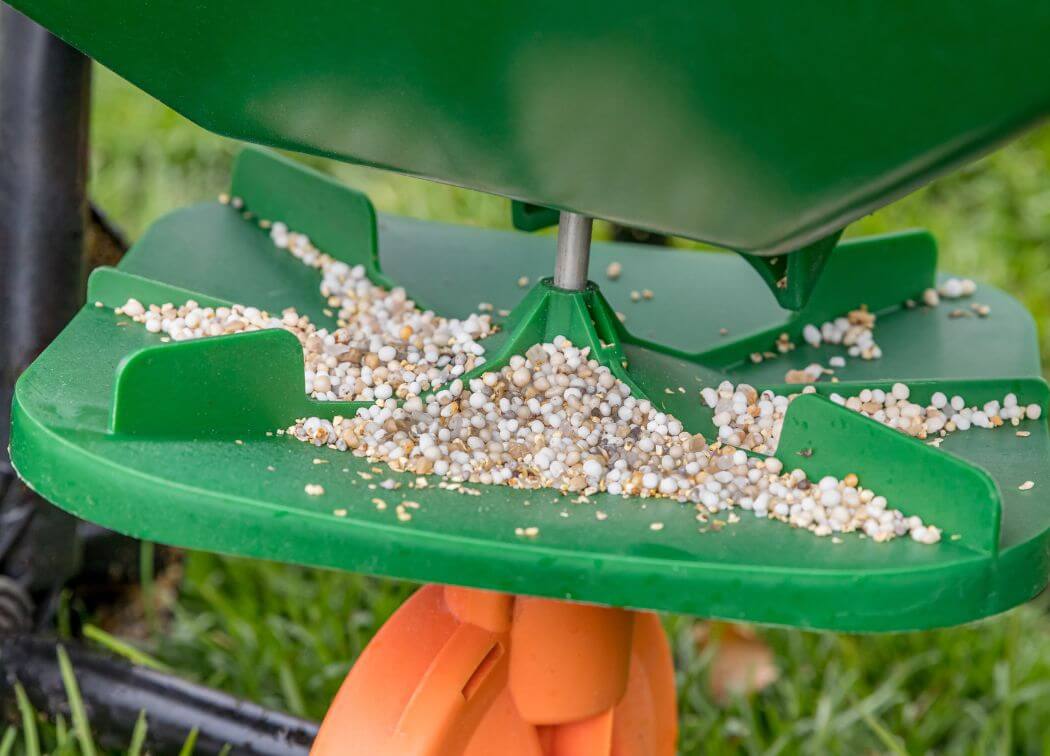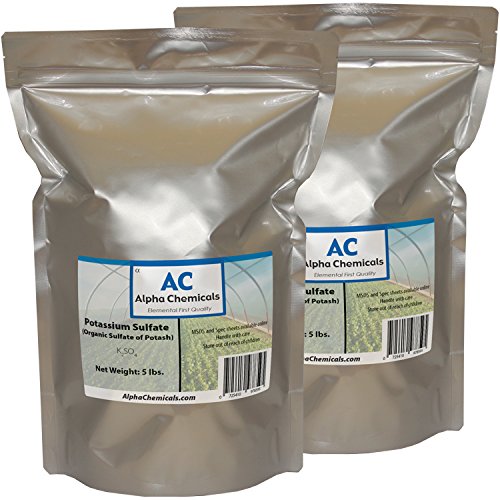You might have heard of the word “potash” while looking into potential types of fertilizer.
The potassium sulfate of potash and the potassium chloride are common muriate of potash fertilizers. Nitrogen, phosphorous, and potash are THREE NUTRIENTS that cannot be replaced easily when keeping the lawn healthy.
Regardless of the potash source you use, make sure your grass has sufficient nutrition to protect itself against the elements and illness.
It’s also available as a single-ingredient fertilizer or as part of comprehensive fertilizer mixtures that include nitrogen and phosphorus.
What Exactly Is Potash?
Primarily, it is a water-soluble form of potassium-containing salt. Potash is also called the following in the fertilizer industry:
- Potassium chloride
- Potassium sulfate
- Nitrate
- Oxide
The ‘K’ in N-P-K fertilizer ratios also stands for potassium.

The Origins of Potash
This muriate of potash came from the term “pot ash,” which pertains to the method of manufacture in the 1700s.
Originally composed of hardwood ash, the wood ash was mixed thoroughly and then heated until the moisture fully evaporated in a big pot or kettle until black salts were all that was left.
This method of potash production was in high demand worldwide because it was utilized in the production of soap, glass, fertilizer, fabric color, and wool processing.
Potash is currently utilized mostly as a biofuel or soil fertilizer for the lawn.
Potassium Significance in Agriculture
Potassium is an essential mineral that’s part of the three major nutrients needed for the survival of plants and animals.
The agricultural sector needs key nutrients like fixed nitrogen and water-soluble potash or phosphorous as a health booster for the soil.
The Benefits of Potassium:
These are the PERKS that potassium can bring to your lawn:
- Maintains turgor pressure among the grass plants.
- Makes grass resilient to drought by increasing water storage capacity.
- Strengthens and improves the development of grass roots.
- Increases the grass’ chances of winter survival.
- Adds disease resistance due to parasite damage.
- Increases capacity for nutrient uptake, making the grass denser in nutrients.

Potash as Lawn Fertilizer
Fertilizers with high potassium levels usually contain potash in them. It is also known as “winterizers” because they increase the hardiness of the plants during winter.
Potash also boosts the chances of your lawn surviving drought, stress, and various plant diseases.
Fall may be the perfect time to add natural compost and other nutrients from most fertilizers. Adding potassium comes with the benefits of increasing winter survival for the year.
Among different types of soil, there are great amounts of potassium levels that can be found. However, plants CANNOT absorb potassium in the soil that easily.
Clay soils also have HIGHER potassium levels than sandy soils because the nutrient is easier to absorb.
Conducting a soil test is the best way to go, with the soil test results showing if the soil has enough potassium (indicated by K+) or if higher levels are needed.
Identifying Potassium Deficiency
A lawn deficient in potassium will be more susceptible to temperature swings and illness.
You can tell if your lawn lacks potassium uptake by checking out these signs in your plants:
- The grass has a flaccid structure
- Leaves have yellow margins
- Poor development
- The leaf size is smaller than usual
- Leaves have necrosis in them
It’s difficult to tell if your lawn is deficient in potassium or if it has low pH. Soil testing is the ONLY RELIABLE APPROACH to determining nitrogen and potassium levels.
Using a pH meter or with the help of experts, they will tell you what fertilizer types your soil requires and the feeding amount that will result in a healthy lawn.
Lawn Fertilizers With Potash
The sulfate of potash or SOP and the muriate of potash or MOP are ingredients that have Potash in them.
MOP is commonly found in commercial fertilizers, while SOP is preferred by homes and golf courses because it is GENTLER on lawns.
You can find some of them on Amazon or any hardware store nearby.
Natural Alternatives of Potash
These are some of the other options you can try to enhance lawn care and keep it green:
- Compost – natural compost is high in nutrients, such as potassium. To increase potassium, try tossing in banana peels or other food/fruit remnants.
- Kelp meal – available in both liquid and solid form, kelp meal is a fantastic natural source of potassium that releases the nutrient quickly.
- Hardwood ash – Potassium is abundant in ashes from burned hardwoods. This can be used right away or added to your compost.
- Sulfate of Potash or Potassium Sulfate – a healthy and natural potassium source that may be found in supermarkets. Check for any organic certification to be sure.
Frequently Asked Questions
For potash-related inquiries, here are the following FAQs listed to help you practice better lawn care:
When Is the Best Time to Apply Potash?
Applying Potash near the time of growth is usually the ideal timing. This suggests that you should apply mostly in spring when they’re green.
If the soil pH is between 6.0 and 7.0, P can be administered in the fall and winter and performed PRACTICALLY in the spring.
Does Iron Affect the Slow Growth of My Lawn?
Sufficient iron promotes a healthy, lush greenery lawn that DOES NOT overgrow.
Slow release accounts for about half of the nitrogen content. Turfgrass that receives enough nitrogen grows well and vigorously.



